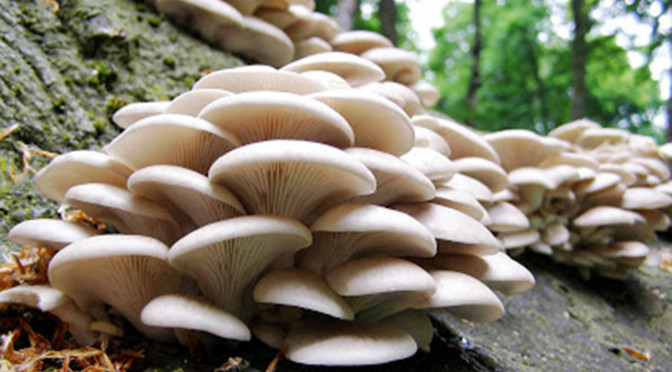Editor’s note: This article originally appeared on The Conversation.
An environmental activist friend of mine recently shook her head and marveled at the extraordinary accomplishments of the last several months. “Still lots of work to be done,” she said. “But wow! This has been an epic period for environmentalists!”
From the rejection of the Keystone pipeline to the Paris Agreement on Climate Change (COP21), “epic” may be an apt descriptor for someone who is an environmentalist.
However, nothing galvanizes opposing forces to action better than significant wins by their foes. And 2016 appears to promise that environmental issues – particularly climate change – will be more politicized than ever before.
It wasn’t always this way. Continue reading Focus on research: Who politicized the environment and climate change?


